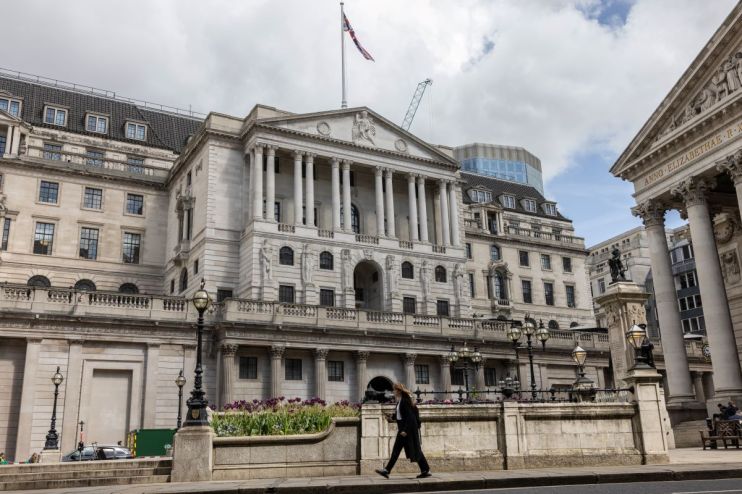Sharp fall in inflation not enough to change the Bank of England’s approach – yet

Inflation dropped at its fastest pace in nearly half a century this morning, but the Bank of England is unlikely to change tack from its cautious approach just yet.
The rate-setting Monetary Policy Committee (MPC) meets tomorrow and will almost certainly leave interest rates on hold despite today’s inflation figures.
Why? For a start the sharp fall was largely due to base effects. There were unusual spikes in prices between January and February last year, particularly in restaurants and cafes, which were not replicated this year.
This helped inflation fall to 3.4 per cent from four per cent in January, slightly below the 3.5 per cent expected by most economists and the Bank itself.
As Ellie Henderson, UK economist at Investec, said, the fall was largely “baked in the cake already.”
Services inflation, arguably a more important figure than the headline number, dropped to 6.1 per cent after a surprise rise in January. Again, this was in line with expectations.
In other words, the Bank was well aware inflation would fall sharply in February. This morning’s figures show inflation broadly moving in line with its expectations.
Policymakers still think there is more work to do before cutting interest rates. Huw Pill, chief economist at the Bank, said rate cuts were still “some way off” earlier this month.
Paul Dales, chief UK economist at Pantheon Macroeconomics, said: “Inflation is no more persistent than the BoE expected and is moving in line with the path that the BoE has hinted would warrant interest rate cuts”.
He suggested that it “probably won’t make the BoE sound any more dovish” tomorrow when it inevitably leaves rates at 5.25 per cent.
Looking forward, the Bank has forecast inflation will continue falling over the next couple of months, falling below two per cent in April when Ofgem’s new energy price cap comes into force. However, rate-setters are likely to wait until the summer before easing policy.
That’s because underlying signs of inflationary pressure are still elevated, even if they are moving in the right direction.
Services inflation is above six per cent, although it looks to be decisively on the way down. Annual wage growth meanwhile stands at 5.6 per cent. While it is also falling, policymakers are nervy of the potential impact of April’s near 10 per cent increase in the minimum wage.
Due to these factors, the Bank is taking a cautious approach. There has been slightly more progress on inflation than expected and slightly more progress on wage growth, but not enough to change the narrative.
“While February’s inflation performance leaves us on track for policy to be loosened, it also fits with the idea that the MPC is likely to take a cautious approach,” Martin Beck, chief economic advisor to the EY Item Club said.
The Bank will start cutting rates in the summer, either in June or August. Today’s figures make June a little more likely, but the overall picture is the same.